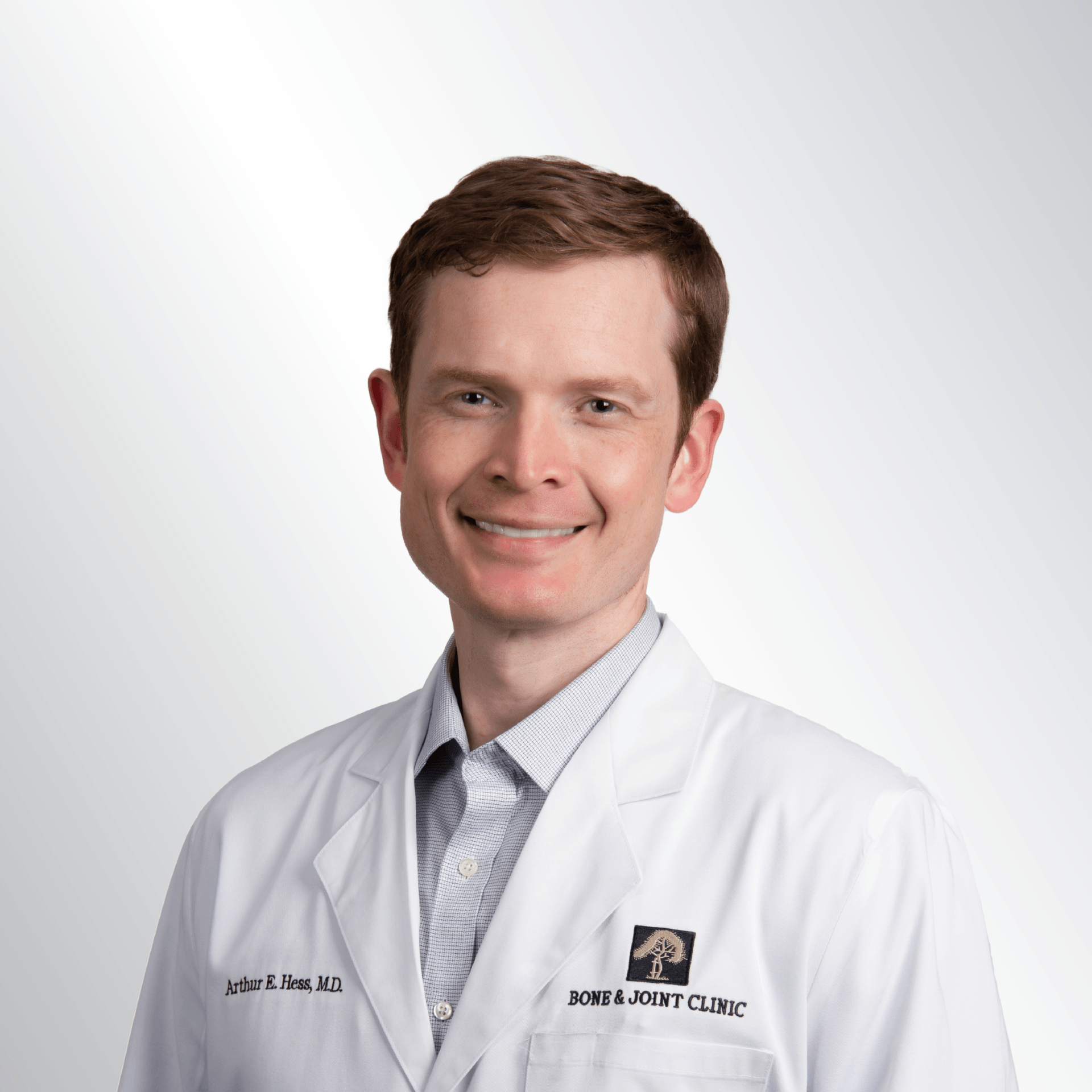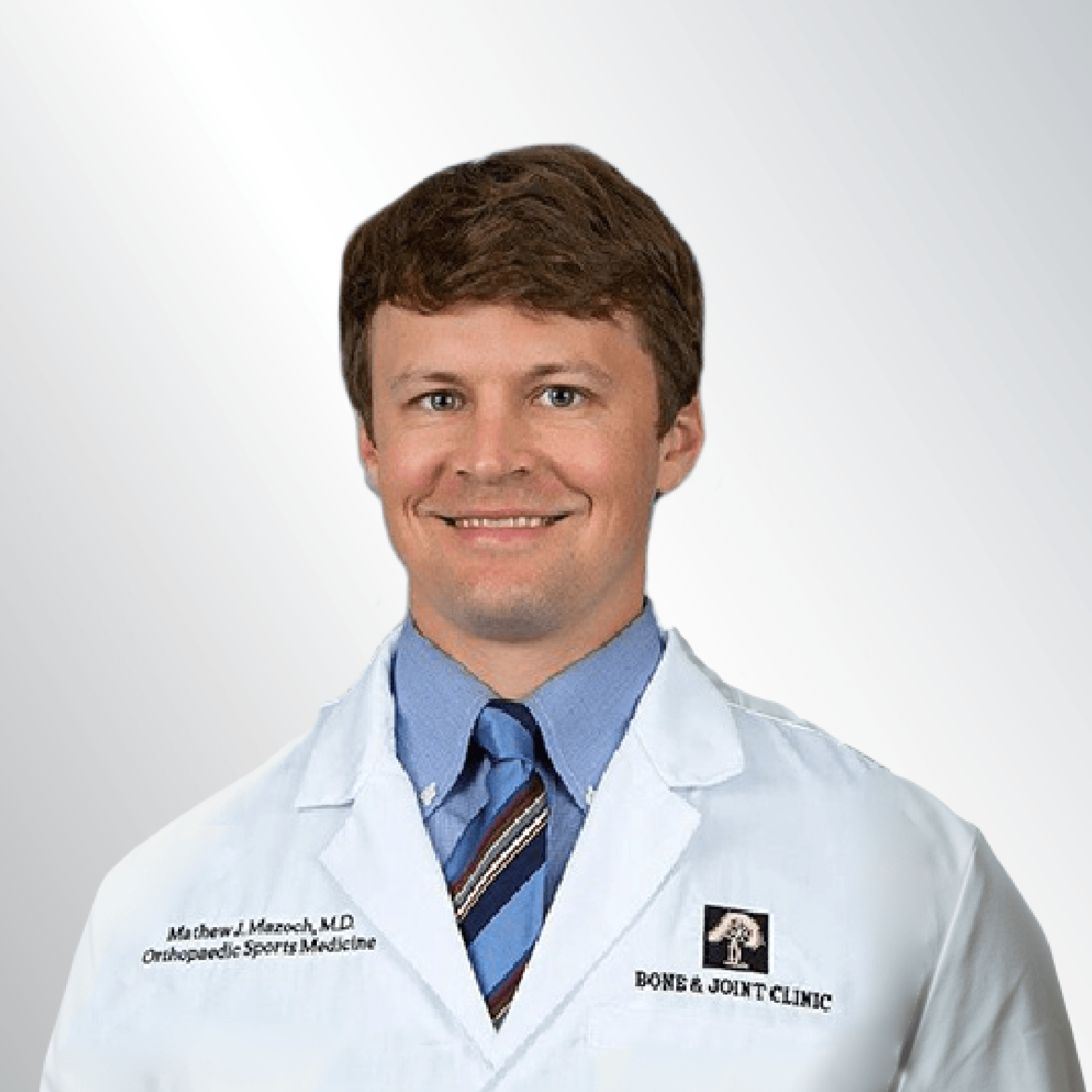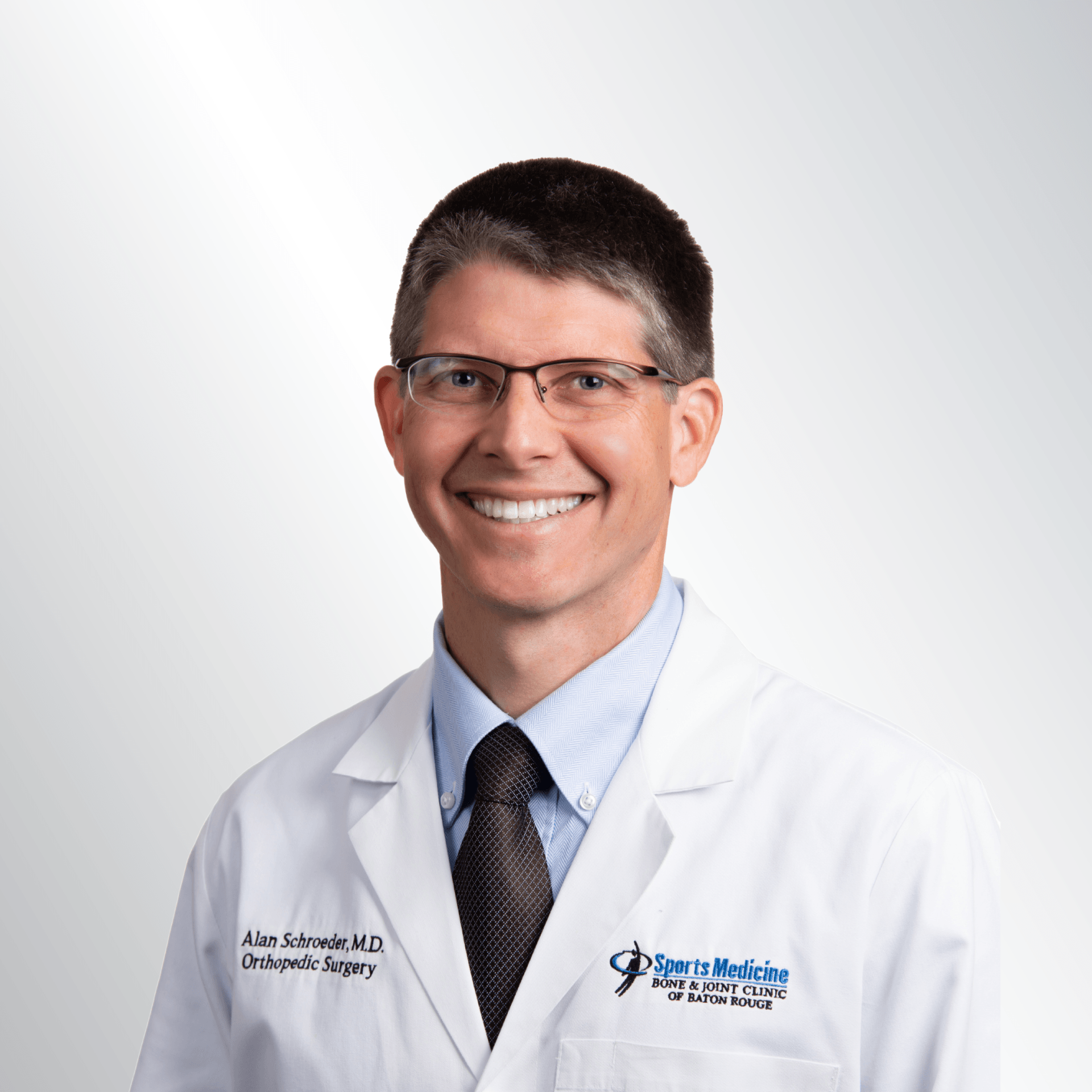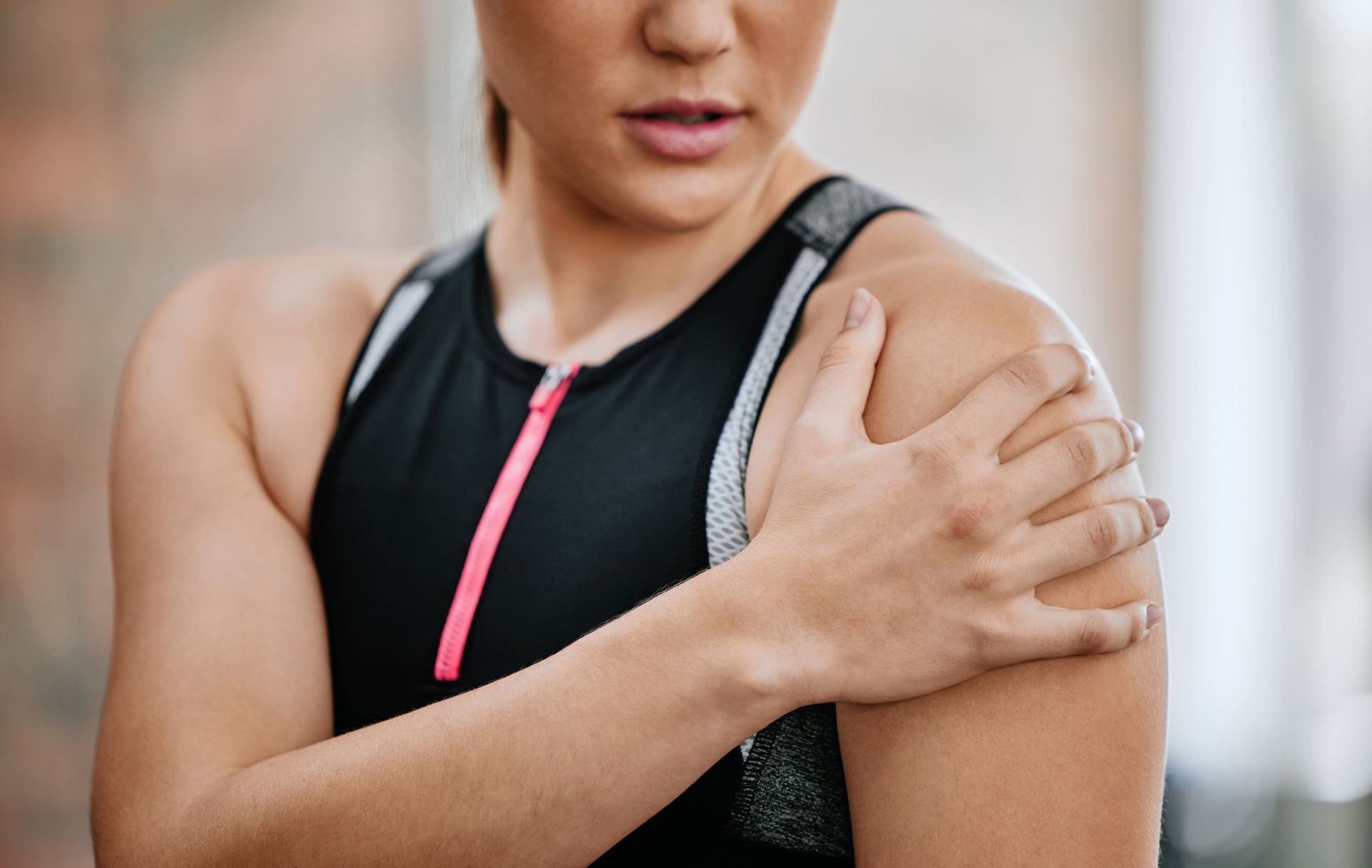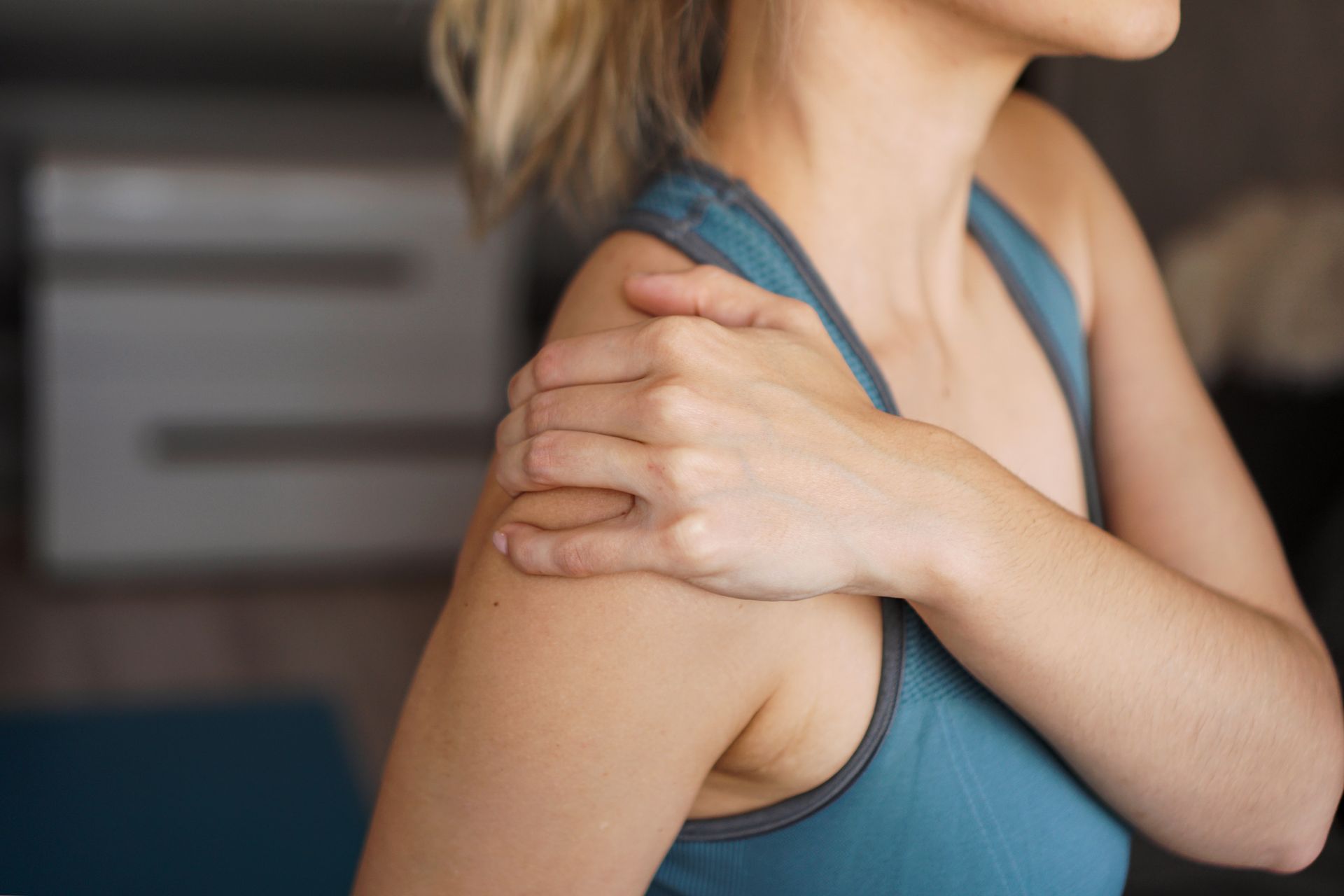Shoulder Pain Baton Rouge
Overview of Shoulder Injuries
Because the shoulder is one of the body’s most mobile joints it is susceptible to certain injuries and conditions. These problems may progress over time, or a sudden action may result in an immediate injury. Most treatments are usually non-invasive, but surgery may be indicated in some cases. Either way, our our orthopedic physicians are able to find the cause of the problem and treat it at the same time.
What Are The Most Common Shoulder Injuries?
Most shoulder injuries are not related to broken bones. The most common issues are damage to the ligaments, tendons, or cartilage. Many shoulder injuries are caused not by singular events but long-term repetitive motions.
Rotator cuff tears and tendonitis are among the most common cause of shoulder pain. Other common shoulder injuries include impingement syndrome, labrum tears, biceps tendonitis, and osteoarthritis.
When To See A Doctor For Shoulder Pain?
Minor shoulder injuries can often be treated at home through rest, application of ice treatments, and over the counter pain medication. However, if issues persist or are accompanied by more severe symptoms such as bruising, swelling, difficulty with motion, or joint tenderness a doctor visit is advisable.

What Is A Torn Rotator Cuff?
Rotator cuff injuries are common and affect over four million people every year. The rotator cuff is a collection of four tendons that connect the upper arm bone to the shoulder joint. A torn rotator cuff tears can be partial or full thickness tears. Rotator cuff tears can be caused by a sudden trauma or a gradual degeneration over time.
What Is The Best Treatment For A Rotator Cuff Injury?
A rotator cuff injury may be treatable without surgery. Commonly doctors advise rest, not to overuse the joint, nonprescription pain medication such as ibuprofen, strengthening workouts, physical therapy, and in situations where the pain is ongoing steroid injections to reduce inflammation. In situations where the injury does not heal (symptoms continue for six months to a year), the tear to the rotator cuff is large, or there is a notable loss of function surgery may be recommended. Rotator cuff surgery involves reattaching the tendon to the upper arm bone (humerus) where it usually connects.
What Is Impingement Syndrome?
Impingement Syndrome can result from repeated overhead shoulder movement. This can cause aching and inflammation in the shoulder area as well as constant pain. With continued use, the pain may persist. When the tendons that connect muscle to bone in the shoulder become irritated, the area may develop tendinitis. Fluid may fill the bursa, resulting in bursitis. Treatments for Impingement Syndrome may include ice, heat, medication, physical therapy and injection therapy. If the patient’s pain is not decreased to within their tolerance by conservative measures, then arthroscopic surgery may be indicated.

What Is Shoulder Tendonitis?
Shoulder tendonitis is inflammation of the shoulder joint tendons causing pain. This irritation can be caused by minor injuries, overworking the shoulder, or repetitive actions. It is an ailment often reported by athletes or those who perform repetitive physical labor. This inflammation can lead to swelling, a reduced range of motion, and pain when at rest or performing activities.
What Is The Best Treatment For Shoulder Tendonitis?
Treatment methods include both nonsurgical and surgical solutions.
Advised nonsurgical methods include rest, reduced activity, nonprescription anti-inflammatory pain medication such as ibuprofen, physical therapy, and injections of anesthetic and cortisone to alleviate pain and reduce inflammation.
Surgery may be advised in more severe cases. In arthroscopic surgery bone and soft tissue is removed to give the rotator cuff more room to move reducing inflammation. Arthroscopic surgery makes use of small puncture wounds and cameras and is a less invasive form of surgery.
Traditional open surgery may be performed as well where an incision is made, and the tendons are directly operated on. After surgery, rest and rehabilitation follow to strengthen the joint.
What Are The Main Types Of Shoulder Surgeries?
As noted above surgery is often a solution for shoulder injuries that cannot heal on their own. In addition to rotator cuff repair surgery, common shoulder surgeries also include shoulder stabilization for shoulder instability, shoulder replacements for arthritis, and shoulder decompressions for impingement.
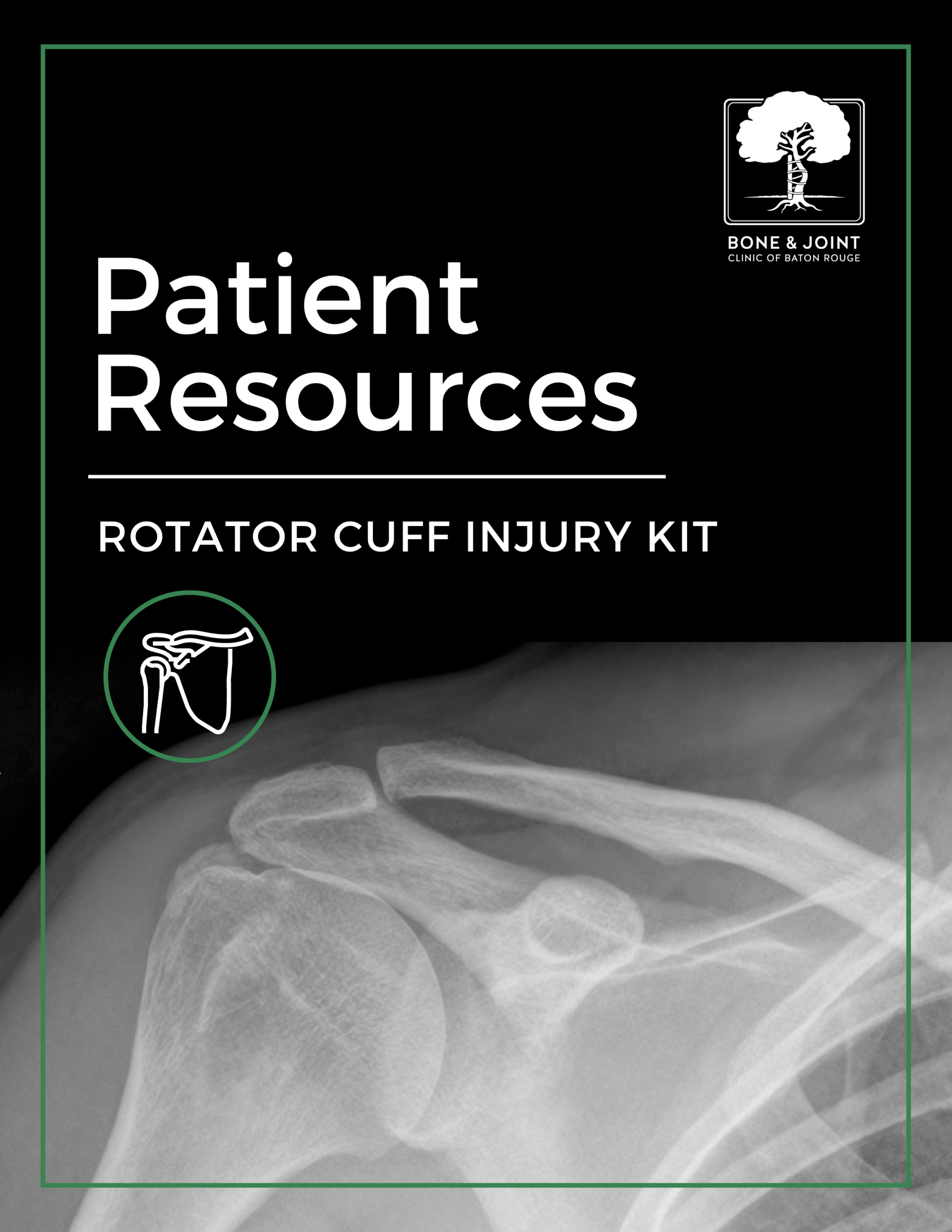
Download the Rotator Cuff Patient Kit today
All Rotator Cuff resources in one place.
Discover the benefits of the Rotator Cuff procedure
Severe impingement or tendinitis can result in a tearing of the rotator cuff. The rotator cuff is a network of muscles and tendons that attaches the upper arm to the shoulder blade. When these muscles and tendons are damaged or inflamed, it can become painful. Treatment follows a conservative approach for impingement with further diagnostic testing such as MRI if indicated. A discussion of the risks, benefits and alternatives of rotator cuff tear treatment helps the patient decide if they want non-operative treatment, open repair or arthroscopic repair for the rotator cuff.
Baton Rouge Shoulder Surgeons
Shoulder pain is no fun which is why we want to get you back to moving more and hurting less. As leaders in assessing, diagnosing and treating shoulder injuries, our team of shoulder experts will provide a treatment plan centered around you. Take the first step towards living without shoulder pain by scheduling an appointment today.
ARTHUR E. HESS, M.D.
Pediatric & Adult Orthopedic Trauma
Hip, Knee & Shoulder Reconstruction
Hip Preservation
Total Joint Replacement Surgery
Robot-assisted total knee arthroplasty
General Orthopedics
MATHEW J. MAZOCH, M.D.
General Orthopedics
Sports Medicine
Shoulder Surgery
ALAN C. SCHROEDER, M.D.
Shoulder Arthroscopy
General Orthopedics
Orthopedic Sports Medicine
SHOULDER INFORMATION BATON ROUGE
RELATED READING
Advancements in Shoulder Surgery Baton Rouge
Stay informed and up-to-date on the latest advancements in diagnosing and treating the shoulder from the best shoulder experts in Baton Rouge.

